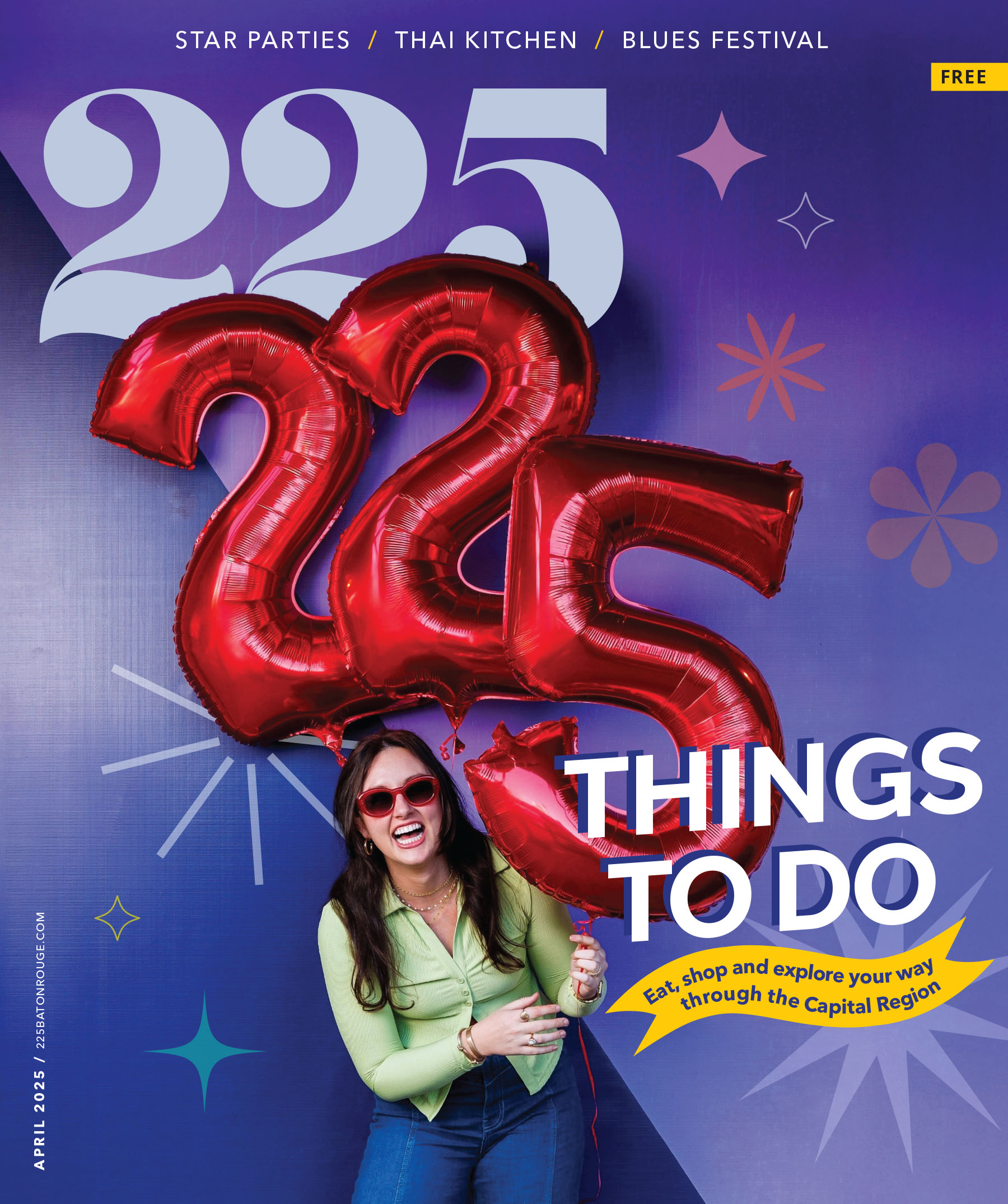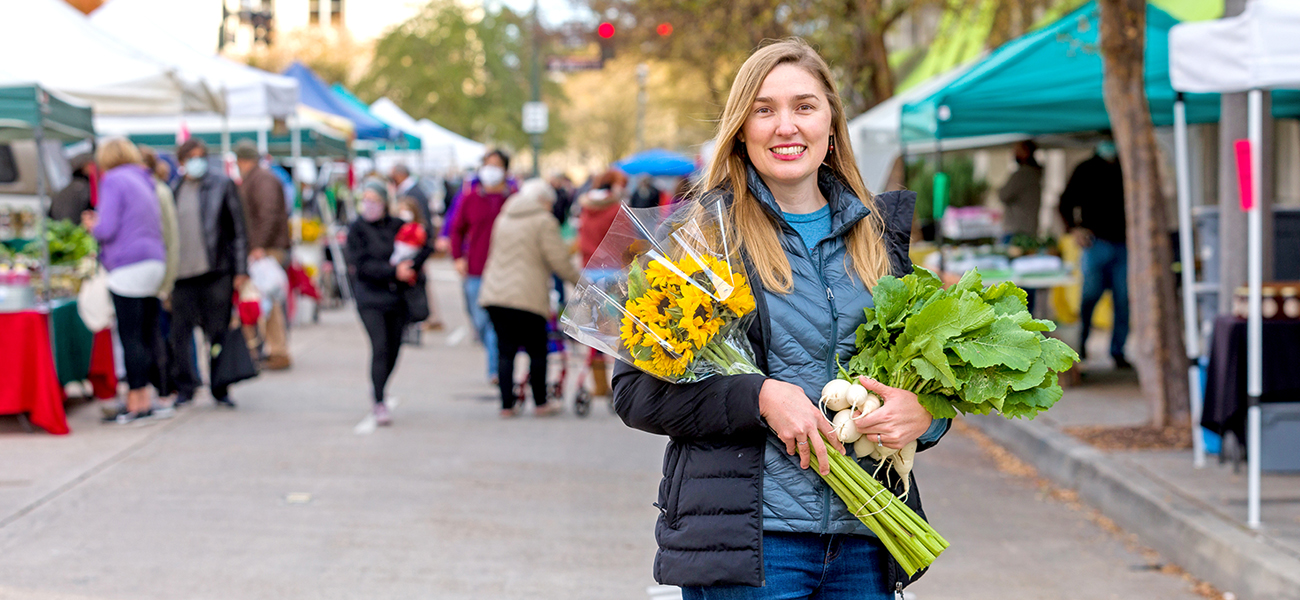Every week for nearly a quarter-century, the Red Stick Farmers Market has been a cheery gathering place that connects small farmers and producers with passionate food lovers. The new year brought new leadership to BREADA, the organization that runs the farmers market as well as the Main Street Market downtown and other programs. Veteran BREADA staff member Darlene Adams Rowland replaced the retiring Copper Alvarez as executive director in January.
225 checked in with Rowland about what first drew her to work with BREADA and why the market is so important to the community now more than ever. breada.org
You’re originally from Mobile, Alabama. What first brought you to Baton Rouge?
I got a scholarship to attend LSU. Even as a student, I shopped at the farmers market when it was on North Boulevard and had just a few vendors. I used to love talking to the farmers back then and bringing home fresh produce, and I still do.
How did you first come to work for BREADA?
I was working as an account executive for a nationwide mortgage lender in 2008 when the housing market crashed. I was looking to shift gears and do something meaningful in the community. A friend of mine [sent]me a job posting for the development director position at BREADA, and I thought it sounded perfect. I’ve been with the organization for 13 years.
Now as BREADA’s executive director, what ideas do you have for the future?
Our mission is to build a healthy food system that supports local farmers, so anything we do should support that. The Red Stick Farmers Market is our biggest public-facing program that reflects that mission, and is really important right now. COVID has been hard on our farmers and our customers.
But we’ve found a way to create a safe experience that, in the case of some of our farmers, has actually saved them from going out of business. As things return to normal, we’ll be exploring new ways of connecting farmers to more customers, and hopefully encouraging young farmers to get in the business.
What do you think people might not realize about our farmers market?
That it’s run by a nonprofit with an extremely small staff, and not by the city or the state. You come to the market, and you see this robust exchange of money and goods, but there’s a ton of behind-the-scenes work that goes into putting that experience on, starting at 5:15 a.m.
As a weekly farmers market shopper yourself, tell us about some of your favorite ingredients and how you use them.
I have two boys, ages 7 and 5, and I try to sneak in as many vegetables as possible to what they eat. One of my favorite things to do is to chop up some kind of green really fine, like kale or spinach, and put it in red beans and rice. Same for spaghetti sauce. I chop up mushrooms and squash and other vegetables really tiny and throw them in. My kids love to shop with me. Just seeing the vendors, I think, has made them understand where food comes from and helps them try new things. Lately, they’re loving kohlrabi, lion’s mane mushrooms and tatsoi.
The farmers market has a really loyal following, but there are still a lot of locals who have never shopped there. What do you say to them?
Especially now, when we’re so concerned about our health, shopping at the Red Stick Farmers Market is one of the healthiest things you can do. It’s outdoors, everyone is asked to wear a mask, not touch the produce and keep 6 feet apart. And you’re able to buy some of the healthiest, most immune-building foods you can possibly find. It’s also a great way to make a direct, positive impact in your community. When you shop, the farmers absolutely feel it.
This article was originally published in the February 2021 issue of 225 magazine.








